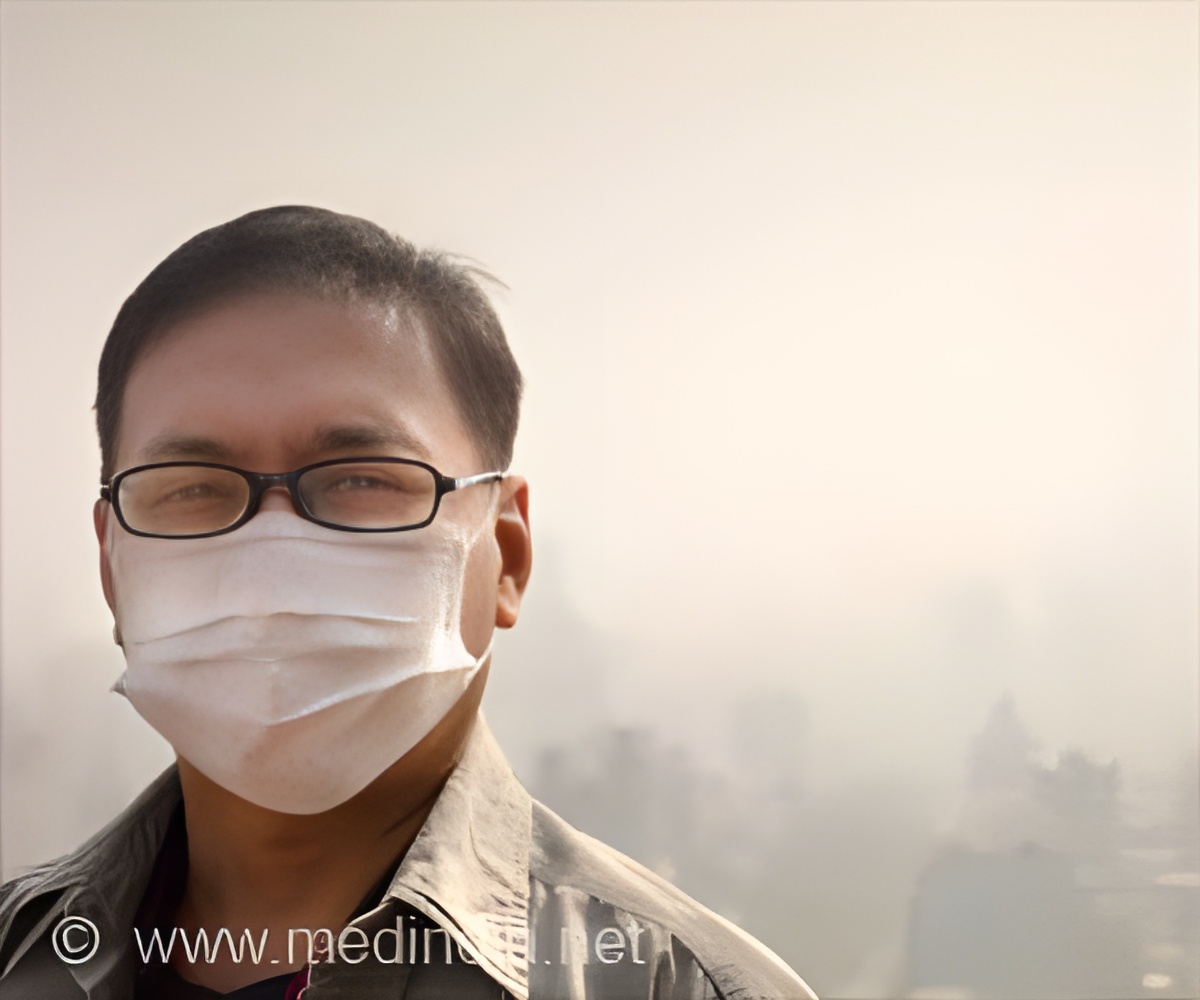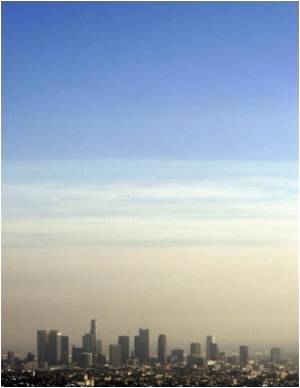Ozone pollution has developed a rising threat in Delhi, the National Capital Region (NCR) which makes even the green areas more vulnerable.

TOP INSIGHT
Ozone pollution spikes have emerged as a rising threat for the already polluted National Capital Region, especially Delhi which makes even the "green areas more vulnerable."
"During February-May, at least on 23 days, ozone has emerged as the dominant pollutant... These are the early signs of a dangerous trend," then it pointed out.
Although the study is "not comparative" as in 2017 data collected was very less -- four as compared to 31 in 2018, the geographical spread of ozone is cautioning, CSE experts told IANS.
A highly reactive effluent, ozone is created as oxides of nitrogen (NOx) react with heat, sunlight and other volatile gases which are mostly a product of vehicular pollution and other sources.
"Ozone is very harmful, especially for the patients with respiratory ailments, asthma and lung issues... chest pains, coughing, nausea, headaches are common symptoms," Anumita Roychowdhury, executive director, research and advocacy and head of CSE, told IANS.
Although ozone is believed to form in the highly polluted area, this study found that green regions like Dr. Karni Singh Shooting Range near Asola sanctuary were the most vulnerable.
Densely-populated Patparganj, R.K. Puram, Nehru Nagar, industrial areas and low-income areas of Najafgarh and Sonia Vihar, were also among the most vulnerable.
The study says that at such locations, ozone levels have exceeded the standards for more than 50 percent of the days during the entire period of February to May.
Besides, Gurugram in Haryana and Lutyen's and Central Delhi are also affected by this rising threat, it pointed out.
Source-IANS
 MEDINDIA
MEDINDIA




 Email
Email




